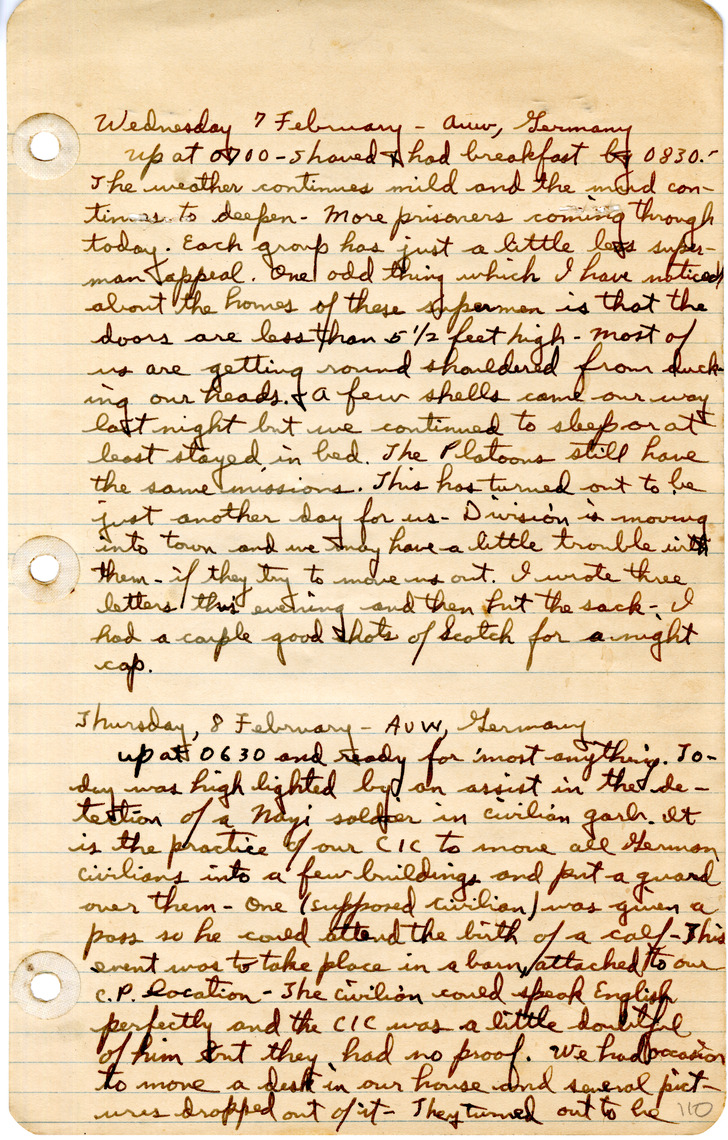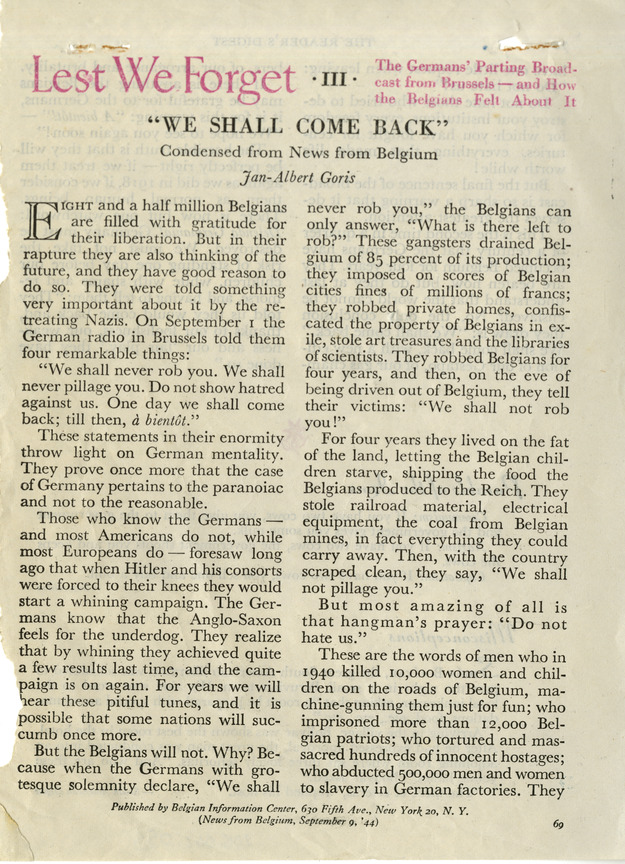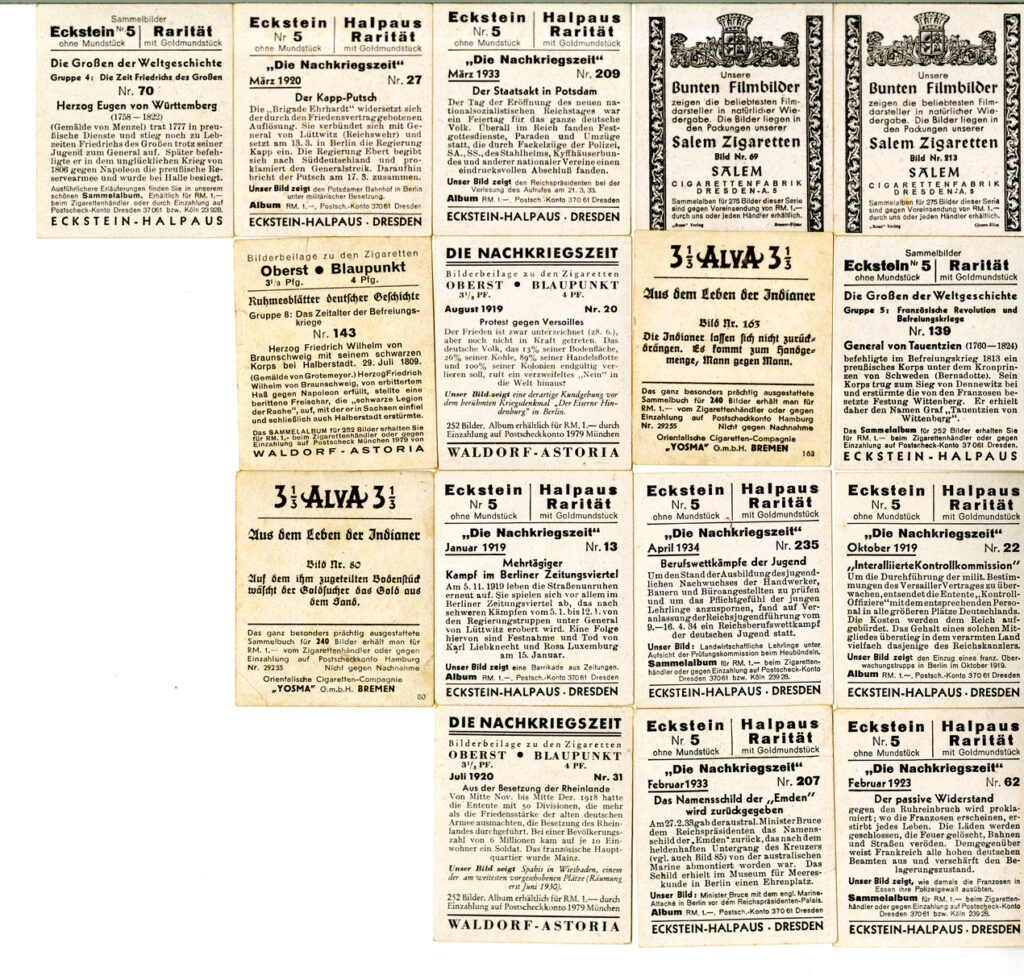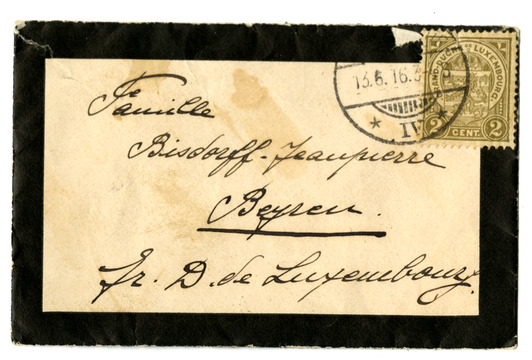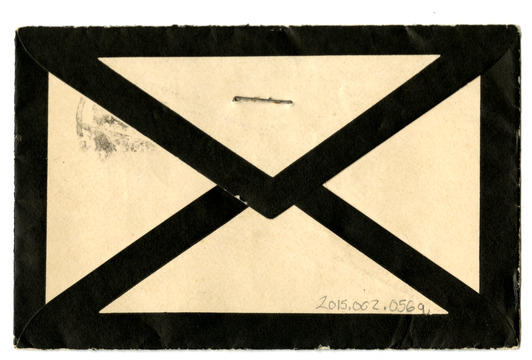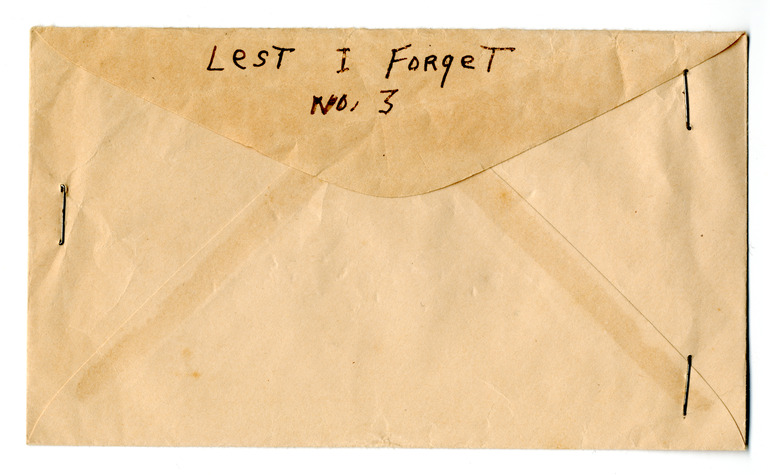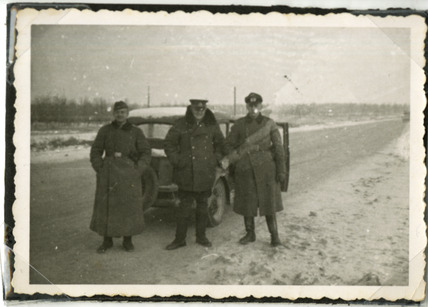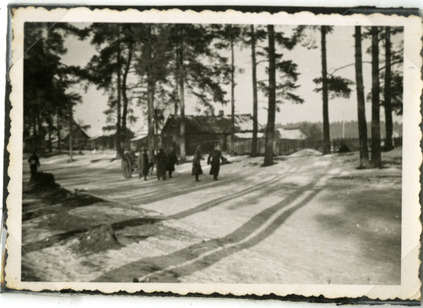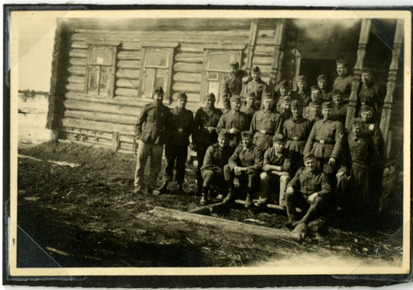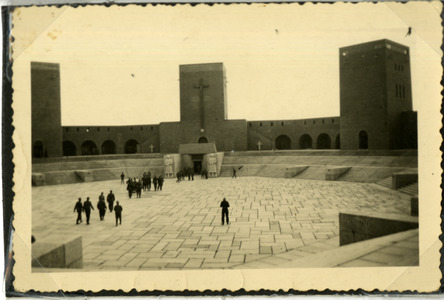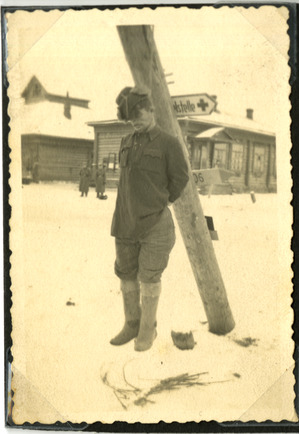Wednesday, 7 February [1945] Auw, Germany
Up at 0700. Shaved and had breakfast by 0830. The weather continues mild and the mud continues to deepen. More prisoners coming through today. Each group has just a little less superman appeal. One odd thing which I have noticed about the homes of these supermen is that the doors are less than 5 ½ feet high. Most of us are getting round shouldered from ducking our heads. A few shells came our way last night but we continued to sleep or at least stayed in bed. The Platoons still have the same missions. This has turned out to be just another day for us. Division is moving into town and we may have a little trouble with them, if they try to move us out. I wrote three letters this evening and then hit the sack. I had a couple good shots of Scotch for a night cap.
Thursday, 8 February [1945] Auw, Germany
Up at 0630 and ready for most anything. Today was highlighted by an assist in the detection of a Nazi soldier in civilian garb. It is the practice of our CIC to move all German civilians into a few buildings and put a guard over them. One (supposed civilian) was given a pass so he could attend the birth of a calf. This event was to take place in a barn, attached to our C.P. location. The civilian could speak English perfectly and the CIC was a little doubtful of him but they had no proof. We had occasion to move a desk in our house and several pictures dropped out of it. They turned out to be [continued on next page]
